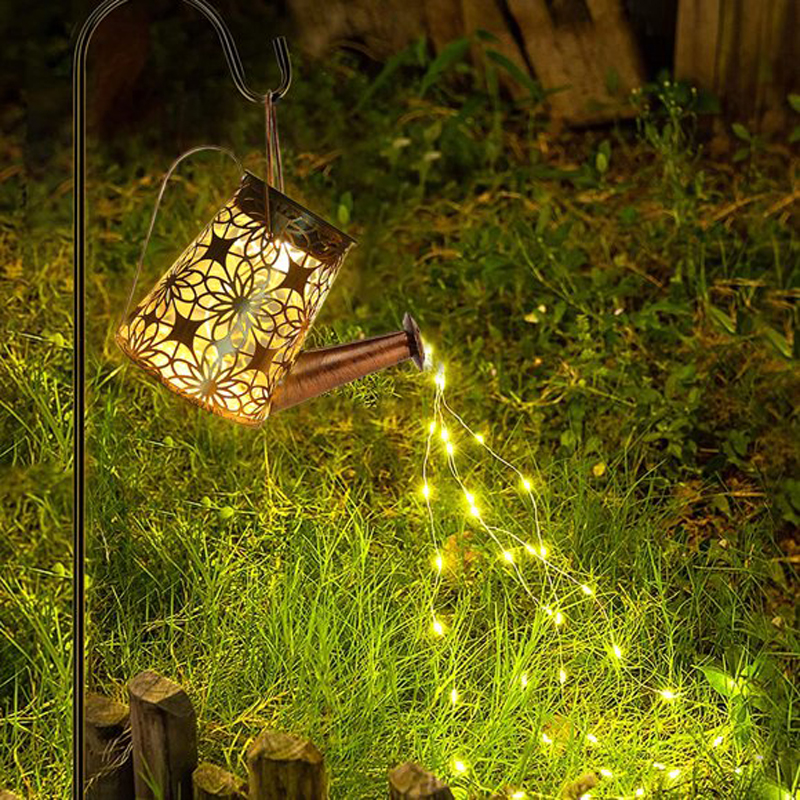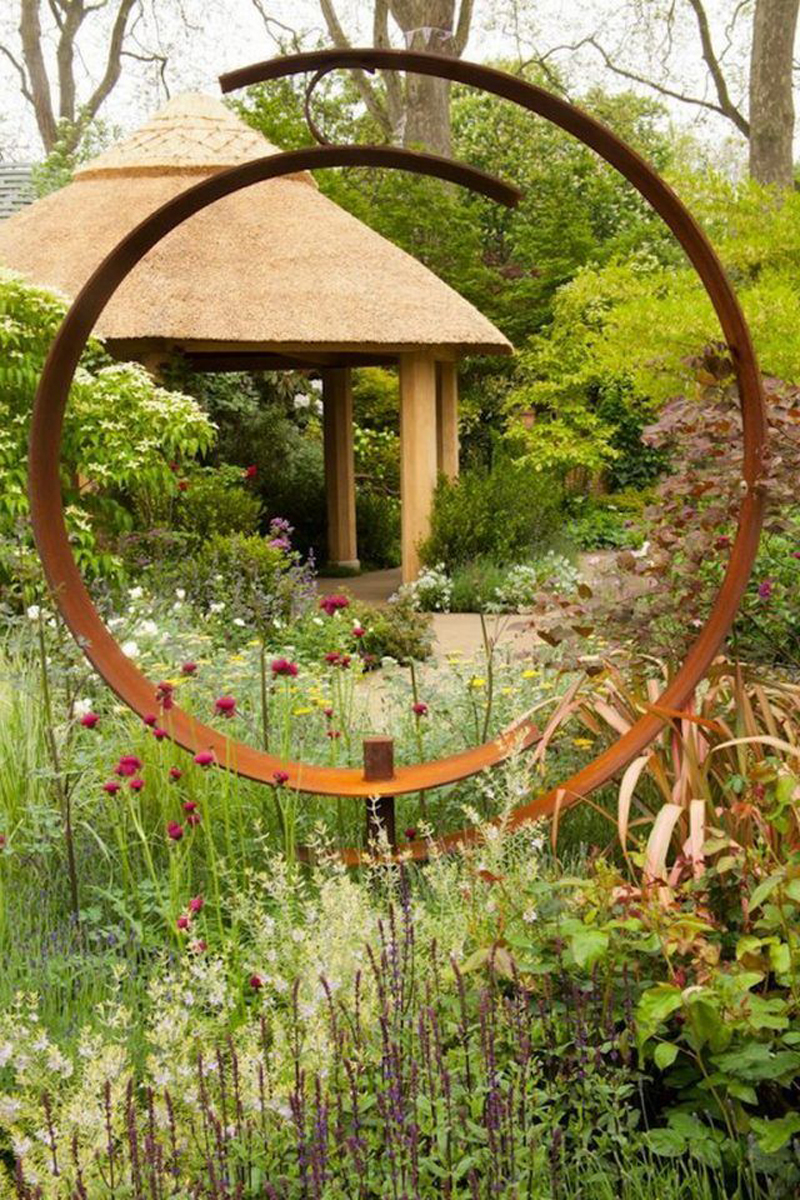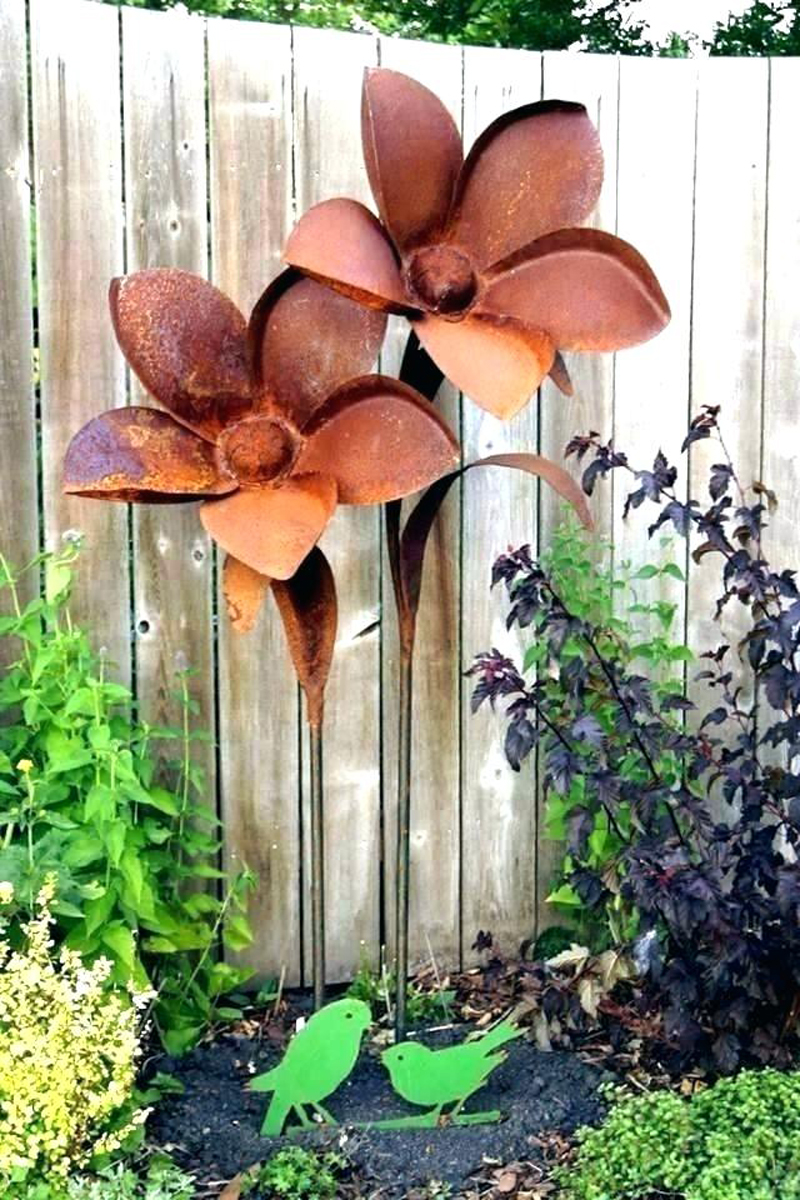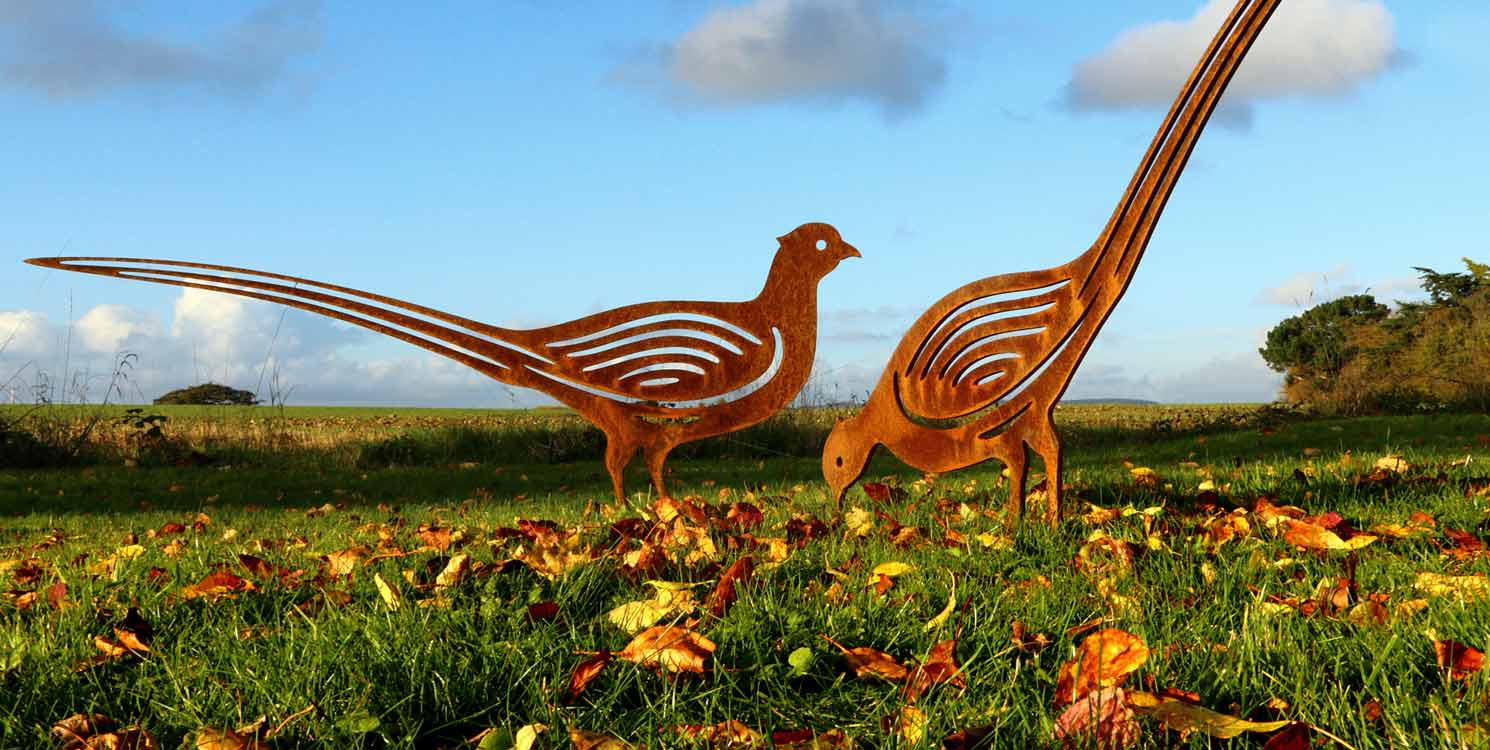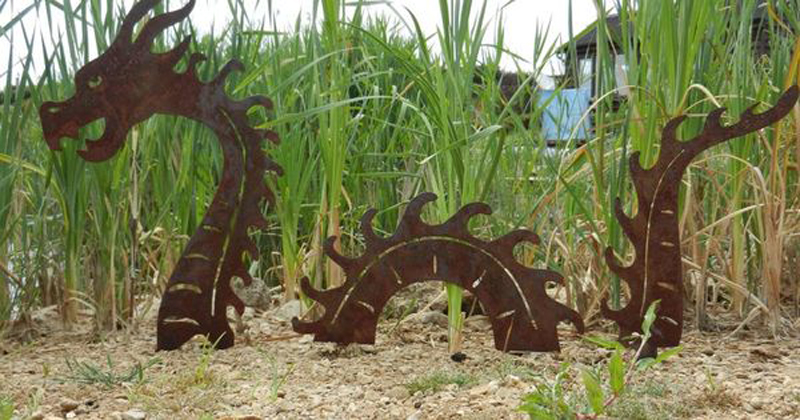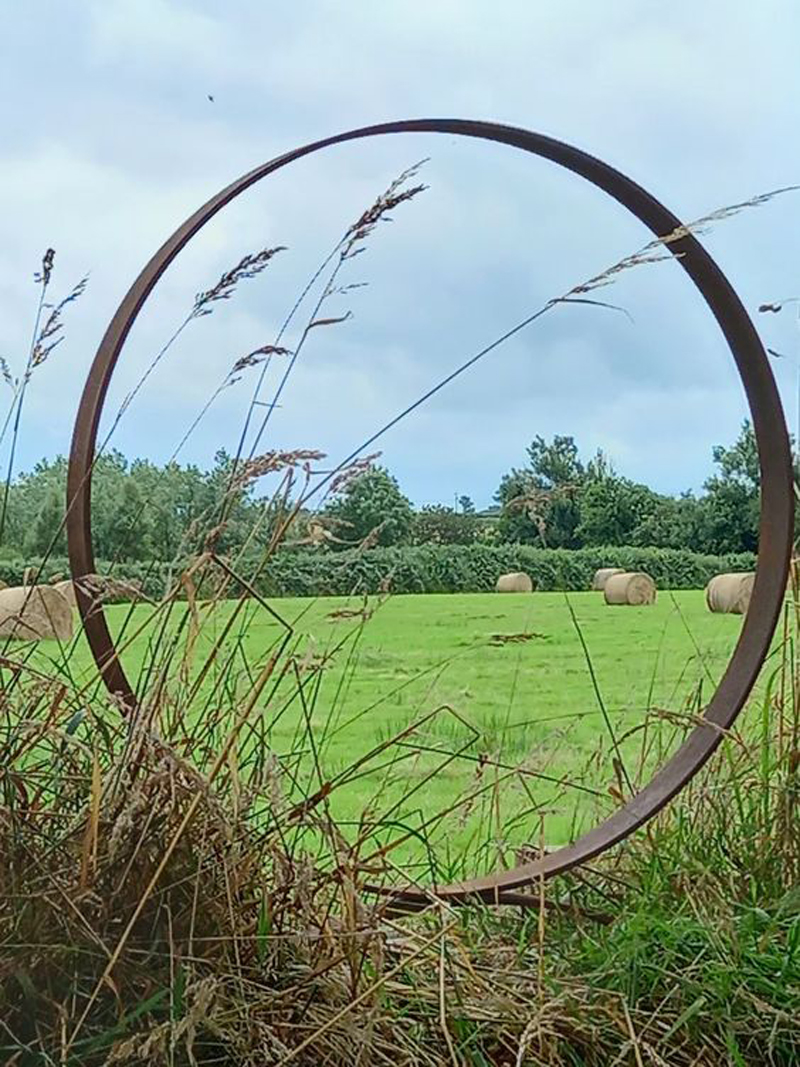A garden can be a peaceful retreat, a place to grow your own food, or a stunning display of art and nature. If you’re looking to create a magnificent garden that reflects your style and preferences, there are plenty of creative ideas to explore. In this blog post, we’ll share 10 ideas for designing your magnificent garden that will help you create a beautiful and functional outdoor space.
First on our list is the vertical garden, a unique and space-saving way to incorporate plants into your garden. This idea involves growing plants on a wall or fence, creating a beautiful and eye-catching display. Next up is the fairy garden, a whimsical and enchanting idea that involves creating a miniature world for fairies and other magical creatures. This idea is perfect for kids or anyone who wants to add a touch of magic to their garden.
If you’re looking to create separate areas within your garden, consider the garden room idea. This concept involves creating separate “rooms” within your garden, each with its own unique purpose and design. Another way to add interest to your garden is with garden art, which can range from sculptures and mosaics to fountains and water features.
Color themes are another creative way to add a cohesive and stunning design to your garden. Whether you prefer bold and bright colors or muted and calming hues, there are plenty of color schemes to suit your style. A scent garden is another idea to consider, incorporating plants with fragrant flowers or foliage to add a sensory element to your garden.
For those looking to promote biodiversity and support local ecosystems, a native garden is an excellent choice. This idea involves selecting plants that are native to your area, creating a habitat for local wildlife and promoting biodiversity. Finally, an edible garden is a functional and sustainable way to grow your own food and enjoy fresh produce right from your backyard.
If you’re looking for inspiration to create a stunning garden, look no further. In this blog post, we’ve compiled 10 creative ideas for designing your magnificent garden. From vertical gardens and fairy gardens to garden rooms and garden art, there are plenty of ideas to suit your style and preferences. We’ll also explore color themes, scent gardens, native gardens, and edible gardens to help you create a beautiful and functional outdoor space. Whether you’re a seasoned gardener or just starting out, these ideas will help you take your garden to the next level. So let’s dive in and get inspired!
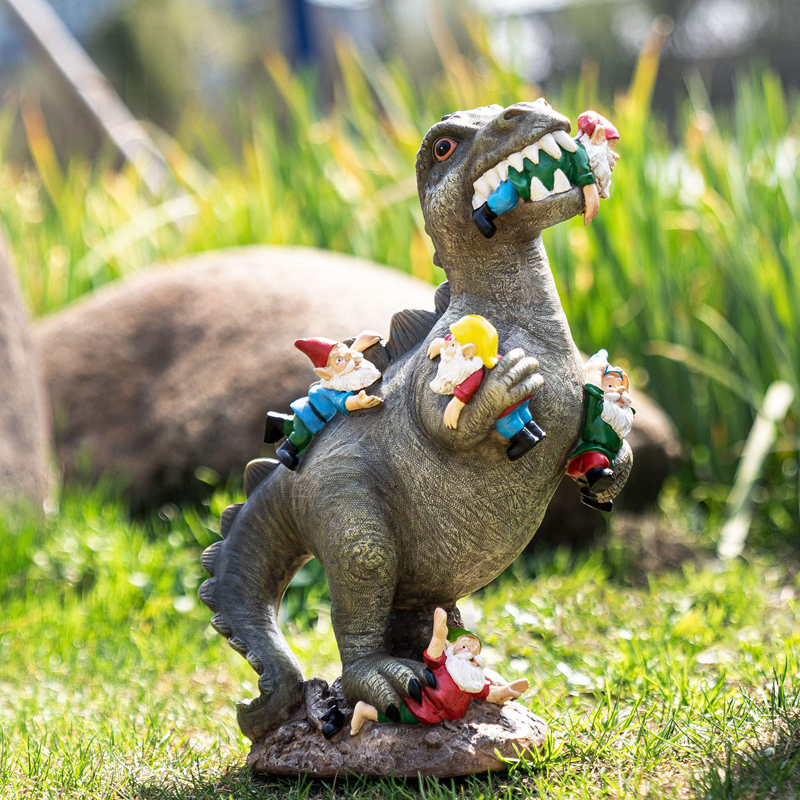
Whether you’re an experienced gardener or just starting out, these 10 creative ideas for designing your magnificent garden will inspire and guide you in creating a beautiful and functional outdoor space that reflects your style and preferences. Here are some creative ideas for a magnificent garden:
Vertical Garden
A vertical garden can add a unique visual interest to your space. Use a trellis, or install shelves and hang pots with trailing plants or vines.
A vertical garden, also known as a living wall, is a garden that is grown vertically instead of horizontally. It can be created indoors or outdoors, and can be as small or large as you like.
Here are some tips for creating a vertical garden:
- Choose the right plants: Not all plants are suitable for a vertical garden. Choose plants that are compact, have shallow root systems, and can tolerate being grown in a vertical position. Some good choices include ferns, succulents, herbs, and trailing plants like ivy.
- Choose the right structure: There are many options for vertical garden structures, including trellises, pallets, gutters, and wall-mounted planters. Choose a structure that fits your space and style.
- Prepare the structure: Before planting, make sure your structure is prepared for planting. This may include adding soil, lining with fabric or plastic, and installing an irrigation system.
- Plant the garden: Once your structure is prepared, it’s time to plant your garden. Start at the bottom and work your way up, planting each level before moving on to the next. Make sure to space your plants appropriately and give them room to grow.
- Maintain the garden: Like any garden, a vertical garden requires maintenance. Water regularly, fertilize as needed, and prune or trim your plants to keep them healthy and looking their best.
A vertical garden can add a unique and visually stunning element to any space, and can be a fun and rewarding project to take on.
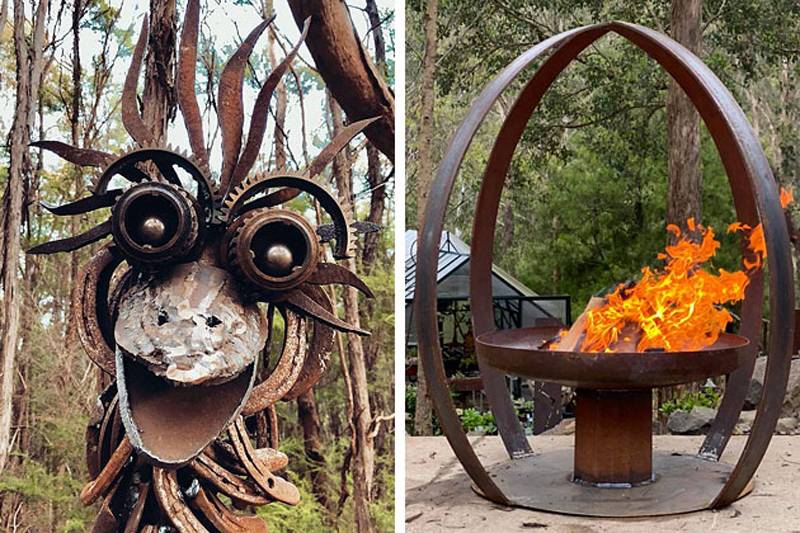
Fairy Garden
Create a whimsical garden space with miniature plants, tiny houses, and fairy figurines. You can also add a small pond or stream for an enchanting touch.
A fairy garden is a miniature garden that is designed to look like a magical fairyland. Here are some tips for creating your own fairy garden:
Choose a container: You can use almost any container for a fairy garden, including a pot, planter, or even a bird bath. Just make sure it has good drainage.
Choose your fairy accessories: There are a variety of fairy accessories you can use to decorate your garden, such as miniature fairy houses, fairy figurines, and fairy doors. You can also add other elements like a small pond or stream, a bridge, or a swing.
Add plants: Choose small plants that fit the scale of your garden, such as miniature succulents, mosses, or tiny flowers like pansies or violas.
Add decorative elements: To add visual interest to your garden, you can add small decorative elements like rocks, pebbles, or seashells.
Consider lighting: Adding a small string of fairy lights or lanterns can add a magical touch to your garden, especially at night.
Create a focal point: Choose a focal point for your garden, such as a fairy house or a small pond. This will draw the eye and create a sense of depth in your garden.
Maintain your garden: Like any garden, a fairy garden will require maintenance. Water your plants regularly, remove any dead or dying foliage, and keep an eye out for pests.
Creating a fairy garden can be a fun and imaginative project that the whole family can enjoy. With a little creativity and some careful planning, you can create a magical miniature world that will delight and enchant anyone who sees it.
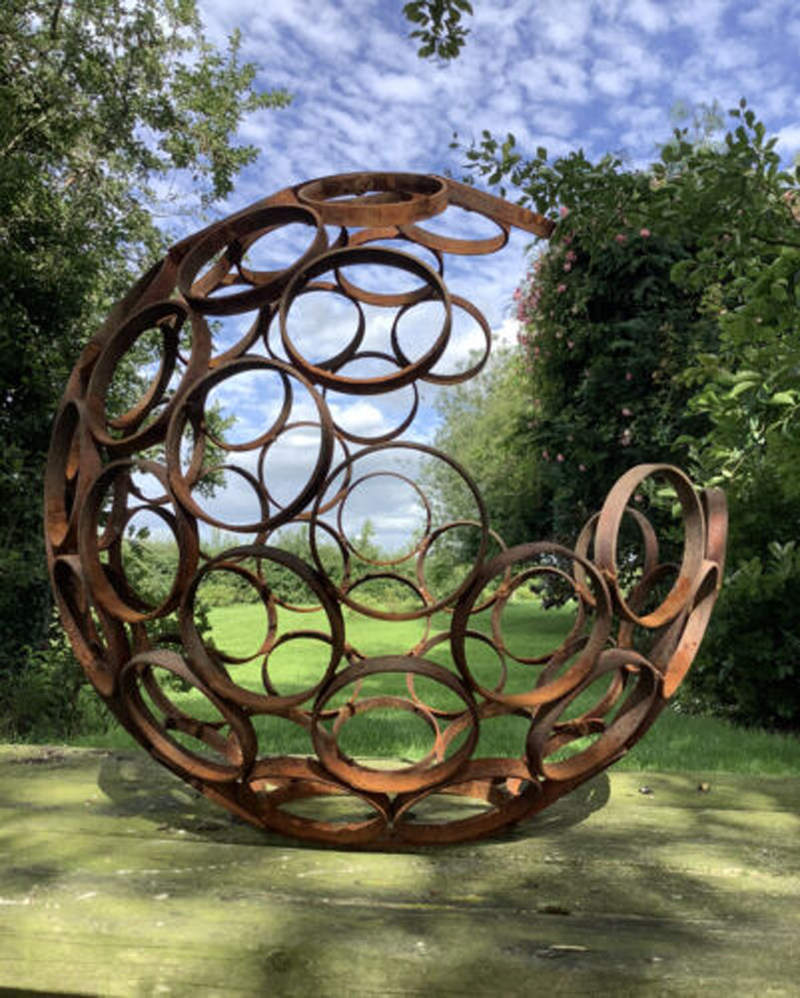
Garden Rooms
Divide your garden into different “rooms” with paths or hedgerows. Each section can have its own theme, such as a rose garden, herb garden, or vegetable garden.
Creating garden rooms is a popular way to divide a larger garden into smaller, more intimate spaces. Each garden room can have its own theme, function or design style, and provide a sense of flow and purpose to the overall garden.
Here are some tips for creating garden rooms:
Choose a focal point: Each garden room should have a focal point, such as a large tree, a statue, or a water feature. This will draw the eye and create a sense of depth and interest.
Create borders: Use hedges, shrubs, or trellises to create borders around each garden room. This will help define the space and create a sense of privacy and enclosure.
Use different materials: Use different materials, such as gravel, pavers, or wood, to create paths and walkways between the garden rooms. This will create a sense of movement and help tie the different spaces together.
Choose plants wisely: Use plants that complement the theme or function of each garden room. For example, a vegetable garden might feature raised beds filled with edible plants, while a meditation garden might feature low-maintenance plants that create a peaceful atmosphere.
Incorporate seating: Each garden room should have a comfortable seating area where you can sit and enjoy the space. This could be a bench, a table and chairs, or even a hammock.
Add lighting: Add outdoor lighting to each garden room to create a magical atmosphere at night. Use string lights, lanterns, or spotlights to highlight focal points and create a warm and welcoming ambiance.
Creating garden rooms can be a fun and creative way to transform your garden into a series of inviting and inspiring spaces. With a little planning and some careful attention to detail, you can create a beautiful and functional garden that reflects your personality and style.
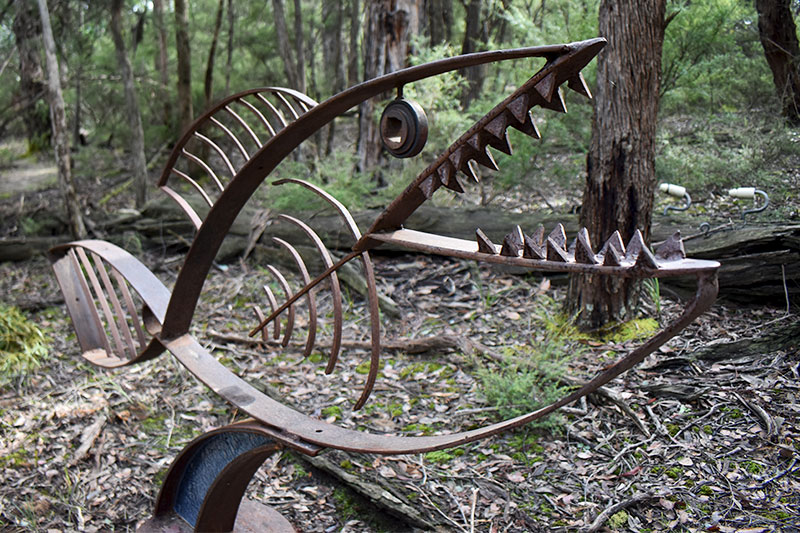
Garden Art
Incorporate garden art such as sculptures, mosaics, or wind chimes. You can also create a focal point with a water feature like a fountain or pond.
Adding garden art to your outdoor space can be a wonderful way to enhance its beauty and express your creativity. Garden art can range from sculptures and statues to wind chimes and bird feeders. Here are some ideas for incorporating garden art into your outdoor space:
Sculptures and statues: Consider adding a sculpture or statue to your garden. These can be made from a variety of materials, such as stone, metal, or wood. They can be abstract or realistic, and can be used as a focal point or accent piece.
Garden ornaments: Garden ornaments, such as bird baths, fountains, and sundials, can add interest and function to your outdoor space. They can be made from a variety of materials, including ceramic, stone, and metal.
Wind chimes: Wind chimes can add a peaceful and calming ambiance to your garden. They come in a variety of materials, including metal, glass, and bamboo.
Garden signs: Use garden signs to add a personal touch to your outdoor space. You can make your own signs using wood or metal, or purchase pre-made signs with garden-themed sayings or quotes.
Mosaics: Create your own mosaic using broken pieces of glass, tile, or ceramic. Use your mosaic to create a unique stepping stone or decorative accent piece.
Repurposed items: Consider repurposing items, such as old tools or broken pottery, to create garden art. These unique pieces can add charm and personality to your outdoor space.
Garden structures: Garden structures, such as arbors, trellises, and pergolas, can add height and interest to your garden. They can also provide support for climbing plants, such as roses or clematis.
Adding garden art to your outdoor space can be a fun and creative way to personalize your garden and make it more inviting. With a little creativity and some careful planning, you can create a beautiful and unique outdoor space that reflects your personality and style.
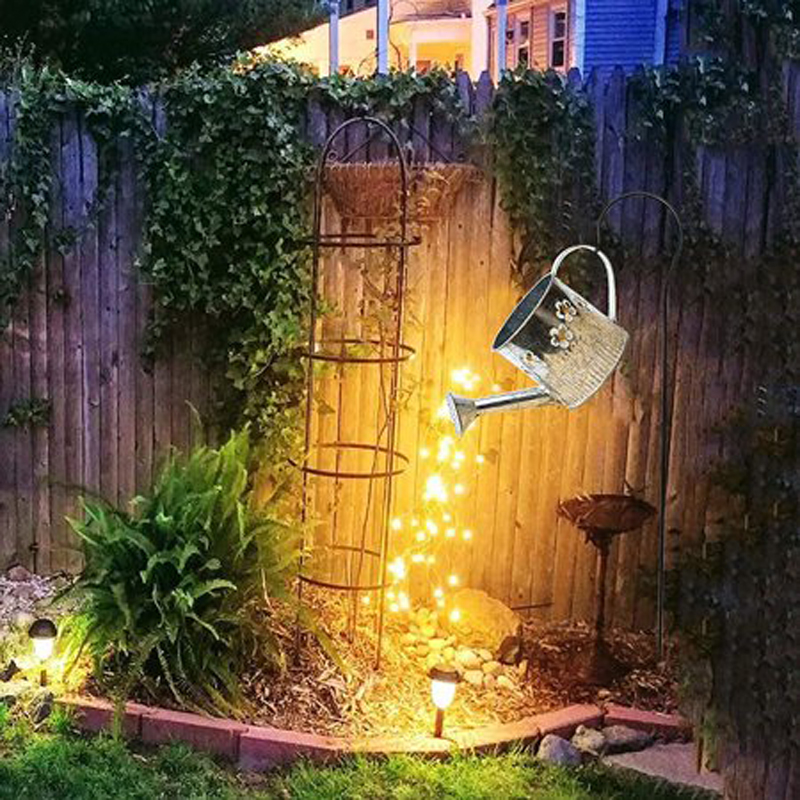
Color Themes
Choose a color scheme for your garden, and plant flowers and foliage that fit within that palette. You can create a monochromatic garden or choose complementary colors for a bold statement.
Using color themes is a great way to add visual interest and harmony to your garden design. Here are some tips for choosing and using color themes in your garden:
Choose a color scheme: Choose one or two main colors to use as the basis for your garden color scheme. You can also choose a secondary color to use as an accent.
Consider the season: Choose colors that will complement the season. For example, use warm oranges and yellows in the fall, and cool blues and purples in the spring.
Think about foliage: Don’t forget to consider the colors of your plants’ foliage when choosing your color scheme. Some plants have brightly colored leaves that can add interest and contrast to your garden.
Use contrast: Use contrasting colors, such as red and green, to create visual interest and make your garden pop.
Think about texture: Use plants with different textures to add depth and interest to your garden. For example, pair fine-textured grasses with bold, broad-leaved plants.
Use color in hardscaping: Use colored pavers or stones in your garden paths or walls to add a pop of color.
Consider the overall look: Think about the overall look and feel you want to create in your garden. Do you want a peaceful, monochromatic garden or a vibrant, colorful one?
Remember, there are no hard and fast rules when it comes to choosing a color scheme for your garden. The most important thing is to choose colors that you love and that make you feel happy and inspired when you’re in your outdoor space.
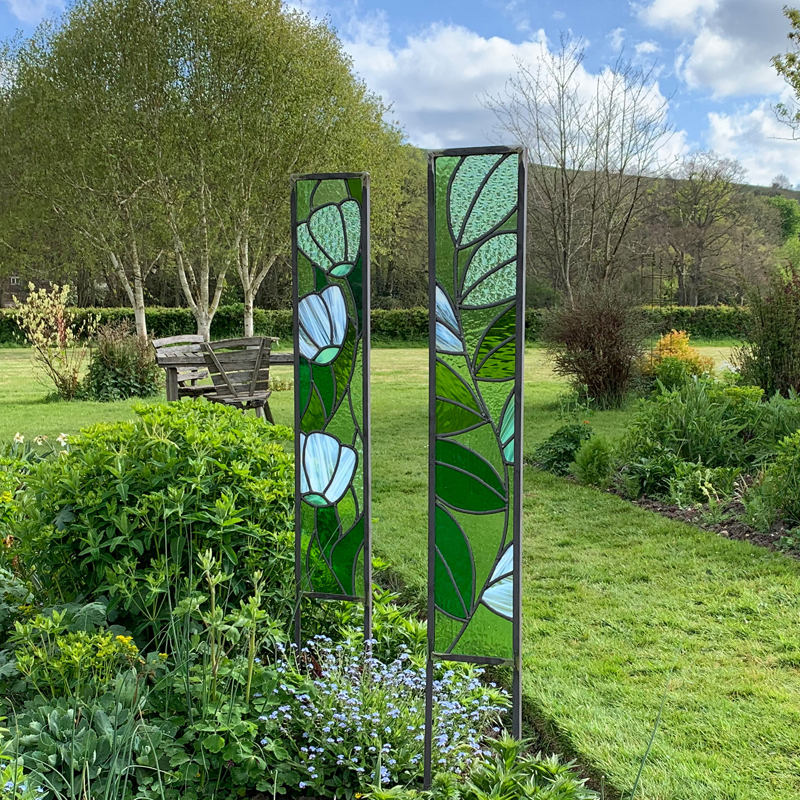
Scent Garden
Create a garden that’s designed to stimulate your senses. Plant fragrant flowers and herbs such as lavender, roses, and thyme, and add a bench or seating area to enjoy the scents.
Creating a scent garden is a wonderful way to delight your senses and enhance your outdoor experience. Here are some tips for creating a beautiful and fragrant scent garden:
Choose fragrant plants: Choose plants that have strong, pleasant scents, such as lavender, rose, jasmine, and honeysuckle. Consider the bloom time and try to select plants that will bloom at different times throughout the year.
Plan for placement: Plan for placement of your scented plants so that you can enjoy their fragrance. Plant them along garden paths, near seating areas, or close to windows or doors.
Use herbs: Many herbs, such as thyme, mint, and basil, have strong, pleasant scents. Use them in your scent garden to add a delicious aroma as well as flavor to your meals.
Create a sensory path: Use a variety of scented plants to create a sensory path. Walk along the path and enjoy the different fragrances as you go.
Add water features: Water features, such as fountains and waterfalls, can help spread the fragrance of your scented plants throughout your garden.
Include night-blooming plants: Night-blooming plants, such as moonflowers and night-blooming jasmine, can add a wonderful fragrance to your garden in the evening hours.
Consider maintenance: Keep in mind the maintenance requirements of your scented plants. Some plants, such as lavender, require regular pruning to keep them in good shape.
Creating a scent garden is a wonderful way to bring a sense of calm and relaxation to your outdoor space. By selecting the right plants and placing them strategically throughout your garden, you can create a fragrant and beautiful oasis that you’ll love spending time in.
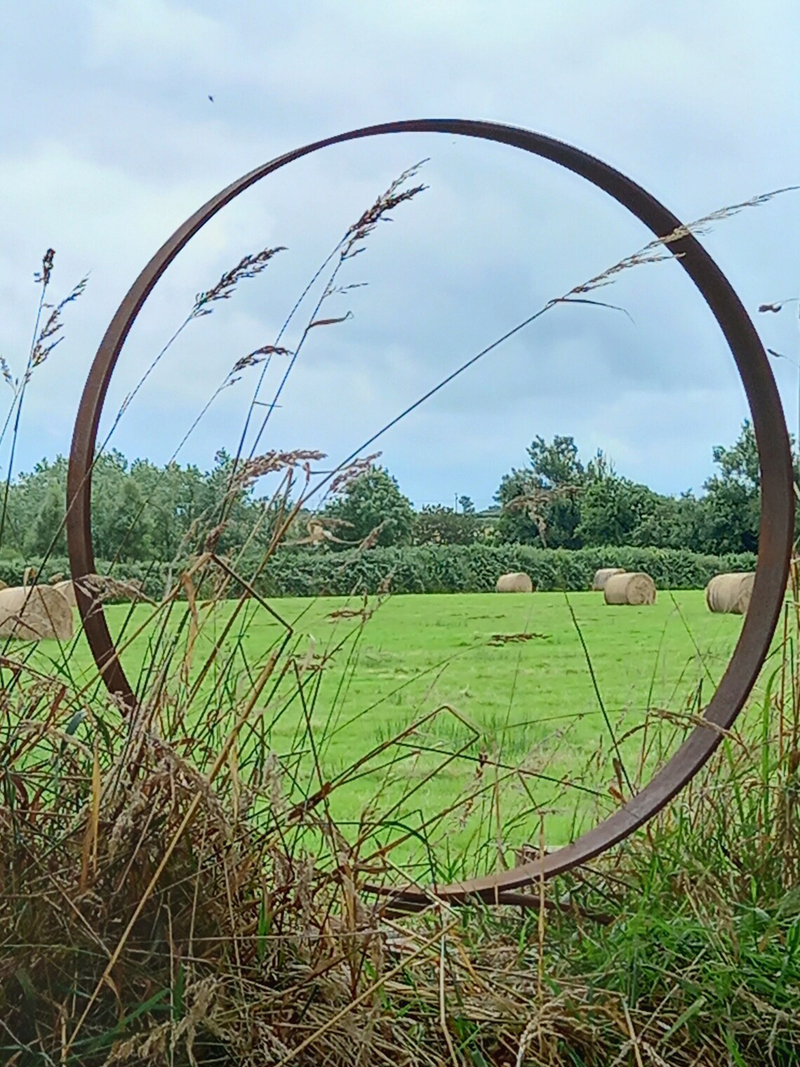
Native Garden
Plant native species that are adapted to your climate and soil conditions. This can attract local wildlife and promote biodiversity.
Creating a native garden is a great way to support local wildlife and promote biodiversity in your area. Here are some tips for creating a beautiful and thriving native garden:
Choose native plants: Select plants that are native to your region. These plants are well-suited to the climate and soil conditions in your area, and will be more likely to thrive than non-native plants.
Research plant requirements: Learn about the growing requirements of the plants you choose, such as sunlight, water, and soil preferences.
Plant in layers: Plant a variety of plants in layers to create a diverse habitat for wildlife. For example, plant tall shrubs and trees, medium-sized bushes, and ground covers.
Include pollinator plants: Choose plants that are attractive to pollinators, such as bees and butterflies. These plants will not only provide food for pollinators, but will also help support the health of your garden.
Create habitat: Include features in your garden that will provide habitat for wildlife, such as bird houses, bat boxes, and insect hotels.
Avoid chemicals: Avoid using chemicals, such as pesticides and herbicides, in your garden. These chemicals can harm wildlife and disrupt the balance of your ecosystem.
Consider water management: Use water management practices, such as rain gardens and permeable paving, to help manage water in your garden and reduce runoff.
Creating a native garden is a wonderful way to support local ecosystems and promote biodiversity in your area. By selecting native plants, creating diverse habitats, and avoiding harmful chemicals, you can create a beautiful and thriving garden that supports the health of your local environment.
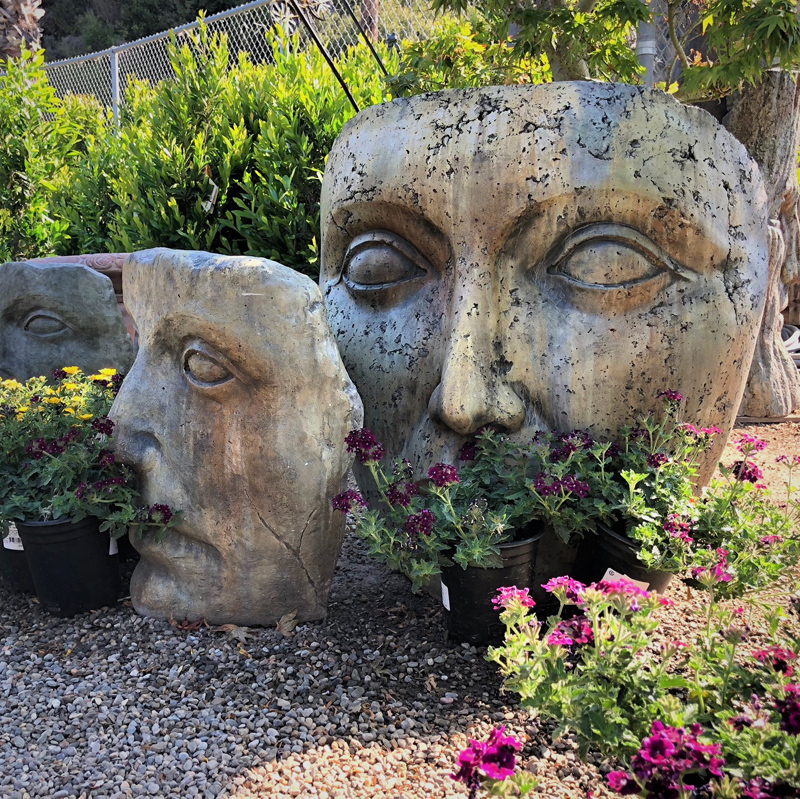
Edible Garden
Incorporate edible plants into your garden design. This can be a vegetable garden, herb garden, or fruit trees. You can also mix edible plants with ornamental plants for a beautiful and functional garden.
Creating an edible garden is a wonderful way to grow your own food and enjoy fresh produce right from your backyard. Here are some tips for creating a productive and delicious edible garden:
Choose the right location: Select a location that receives at least six hours of sunlight per day and has good drainage.
Plan your layout: Plan your garden layout ahead of time, taking into consideration the space you have available and the type of plants you want to grow.
Choose your plants: Select plants that are well-suited to your climate and growing conditions. Some easy-to-grow options for beginners include tomatoes, lettuce, herbs, and peppers.
Start from seeds or seedlings: Decide whether you want to start your plants from seeds or purchase seedlings from a nursery. Starting from seeds can be more cost-effective, but can also require more time and effort.
Use quality soil: Use high-quality soil that is rich in nutrients and well-draining. You can also consider adding compost or other organic matter to enrich your soil.
Provide adequate water: Ensure your plants receive adequate water, particularly during hot and dry periods. You can use drip irrigation or a soaker hose to provide consistent, deep watering.
Use organic methods: Avoid using synthetic fertilizers and pesticides in your garden, and instead opt for organic methods such as composting, mulching, and companion planting.
An edible garden is a great way to grow your own fresh produce and enjoy the benefits of gardening. With careful planning, proper plant selection, and good maintenance practices, you can create a productive and delicious garden that provides you with fresh, healthy food all season long.
These are just a few ideas to get you started. With a little creativity, you can create a truly magnificent garden that reflects your style and personality.




